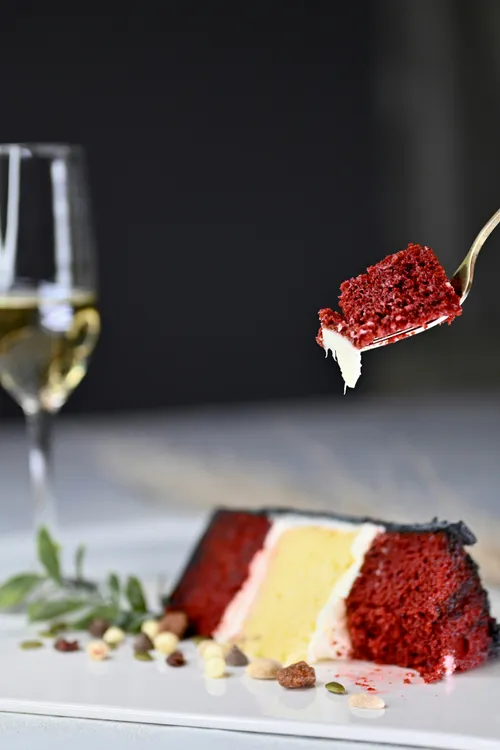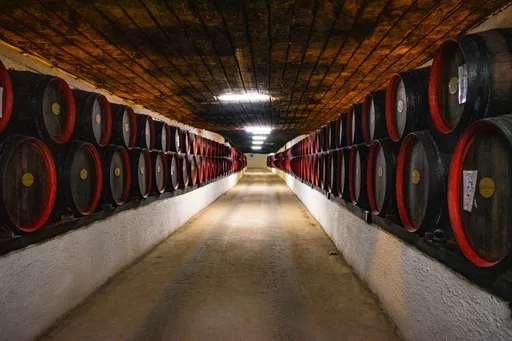Sugar in wine: sweetness and complexity in the glass

Introduction
Sugar in wine goes beyond mere sweetness felt on the palate. It is a key element that contributes to the complexity and character of this age-old beverage. While sweetness is an evident component, the way sugar integrates into the winemaking process can significantly influence the sensory profile of the wine. In this article, we will explore the crucial role of sugar in wine, from the vineyard to the cellar.
Sugar in the vineyard
The process begins in the vineyard. Chlorophyll photosynthesis, where the plant transforms sunlight into energy, produces sugars through photosynthesis. These sugars, mainly glucose and fructose, accumulate in the grape as it ripens. The degree of grape ripeness directly influences the amount of sugars present, determining the potential alcohol content of the final wine.
Harvesting and collection
The timing of the harvest is crucial. Harvesting the grapes at the right moment is essential to achieve a harmonious balance of sugars and acidity in the must. Winemakers’ decisions on the harvest date will have a direct impact on the sweetness and style of the wine.
Winemaking: fermentation and residual sugar
During fermentation, sugars transform into alcohol. Alcoholic fermentation is the process where yeasts consume the sugars in the must, transforming them into ethyl alcohol and carbon dioxide. If fermentation proceeds to consume all the sugar, the result will be a dry wine. However, if fermentation is stopped before all sugars are converted, the wine will have more sweetness and contain residual sugar.
Residual sweetness and wine styles
The presence of residual sweetness can vary. From complete dryness to pronounced sweetness, wine styles are diverse. Dry wines have little to no residual sweetness, while sweet wines can be rich in sugar. Wines like Moscato or Sauternes exemplify how fermentation control influences final sweetness.
Balance between sugar and acidity
Balance is the key. Sugar in wine must be balanced by acidity to create a harmonious beverage. Acidity provides freshness and liveliness to the wine, counteracting sweetness and preventing it from becoming cloying.
The role of sugar in fortified wines
In fortified wines, sugar may be added. Wines like Sherry or Port may contain added sugar during the fortification process, contributing to a sweeter and robust style.
Conclusions
Sugar in wine is a key element that goes beyond conferring sweetness. From the vineyard to the cellar, every stage of the winemaking process influences the presence and perception of sugar in the glass. The ability to balance sweetness with other elements, such as acidity, is crucial to creating balanced and complex wines. The next time you savor a glass, consider the role of sugar in shaping the sensory and gustatory experience you hold in your hands. Cheers!


